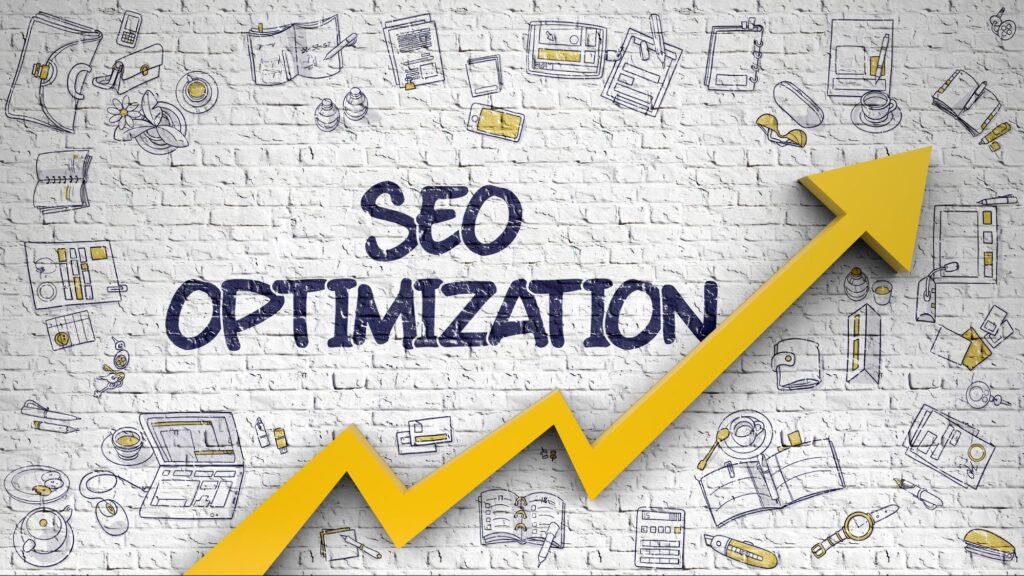A quick and functional website is now a must in the modern world of technology, not just a nice-to-have. Slow-loading pages can drive away visitors and negatively impact your position in search engine rankings. Don’t worry! We are here to guide you through the intricate process of optimizing your website and to show you the secrets to a seamless and error-free online experience. Here are some tips you can utilize to optimize your website.
1. Optimize Images for Speed and Visual Appeal:
Large image files can significantly slow down your website. Compress and resize images without compromising quality. Tools like TinyPNG or ImageOptim can be your best friends in this journey. Remember, a visually stunning website shouldn’t compromise on speed!
2. Leverage Browser Caching to Enhance User Experience:
Ever wondered how some websites load faster for returning visitors? Browser caching is the answer. By storing static files locally, you reduce server load and speed up load times for users who frequent your site. It’s like creating a shortcut to a faster, more enjoyable browsing experience.
3. Minimize HTTP Requests for a Streamlined Site:
Each element on your webpage requires an HTTP request. Too many requests can bog down your site. Combine files, use CSS sprites, and consider asynchronous loading to minimize these requests. Your users will thank you for a smoother, more efficient website.
4. Prioritize Critical Rendering Path:
Understand the critical rendering path — the sequence of steps browsers take to render a webpage — and optimize it. Prioritize the loading of essential resources to ensure that visitors see your content quickly.
5. Enable Compression for Faster Loading:
Gzip and Brotli are compression algorithms that significantly reduce the size of your HTML, CSS, and JavaScript files. Enable compression on your server to speed up the loading time of your pages.
6. Optimize Your Code:
Clean, well-organized code is essential for optimal website performance. Remove unnecessary code, comments, and formatting. Consider minifying CSS, HTML, and JavaScript files to reduce their size.
7. Implement Content Delivery Network (CDN):
A CDN distributes your website’s static content across multiple servers worldwide. This ensures that users from different locations experience faster load times by accessing content from a server geographically closer to them.
Optimizing your website is an ongoing process that requires diligence and attention to detail. By implementing these strategies, you’re not just enhancing the speed of your site but also improving the overall user experience. Stay tuned for more insights into the ever-evolving world of website optimization!











